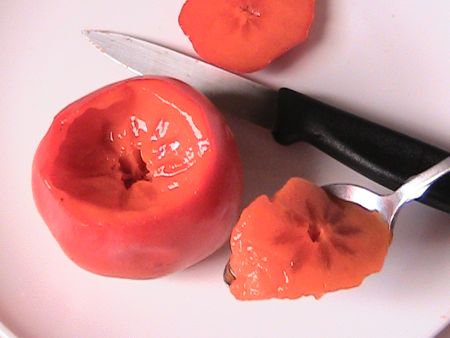Carol and I have been playing around with the new UUA logo. Carol doesn’t like the way the flame in the new logo is disattached from the candle-chalice thingie. I don’t like the way the sides of the chalice-thingie act as walls which keep the flame from being seen from the sides.
Mind you, it’s way too easy to be a Monday morning quarterback. No logo can ever be perfect, and certainly the UUA logo is a pretty good design, and more than adequate. But it’s way too easy to play around with graphics on our laptops, and Carol and I had nothing better to do on a sleepy Saturday morning, so we spent half an hour revising the UUA’s logo. Here’s what I came up with:

Update: June 24, 2018: The above logo is now released under a Creative Commons license; please attribute to “A UU”.
This work is licensed under a Creative Commons Attribution-NonCommercial 4.0 International License.
Compare it to the official UUA logo below. See what I mean about the sides coming up around the flame in the official logo?

(Now that I look at this again, I wish I had made the sides of my version even lower, but I’ve already wasted too much time playing with this.)
Jesus said something like (and I’m paraphrasing here): “Neither do people light a candle and put it inside a red and orange bushel basket, the walls of which extend halfway up the flame, so the people below us cannot see the flame.” Buddha supposedly said (another rough paraphrase): “Thousands of candles can be lit from a single candle, and the life of the candle will not be shortened; but if your candle is inside a red and orange chalice thinige, others will burn their fingers trying to light their candle from your candle.” The new UUA logo is a pretty accurate graphic representation of what our denomination is actually like; my revision of the logo represents the way I wish our denomination were.
Update, 3 hours later: Ah, what the heck, I might as well make the things the way I like it — here’s a version with even lower walls, and now it looks like the “U” is kinda lying back and the candle is standing up inside it:
Continue reading “UUA logo: our version”

